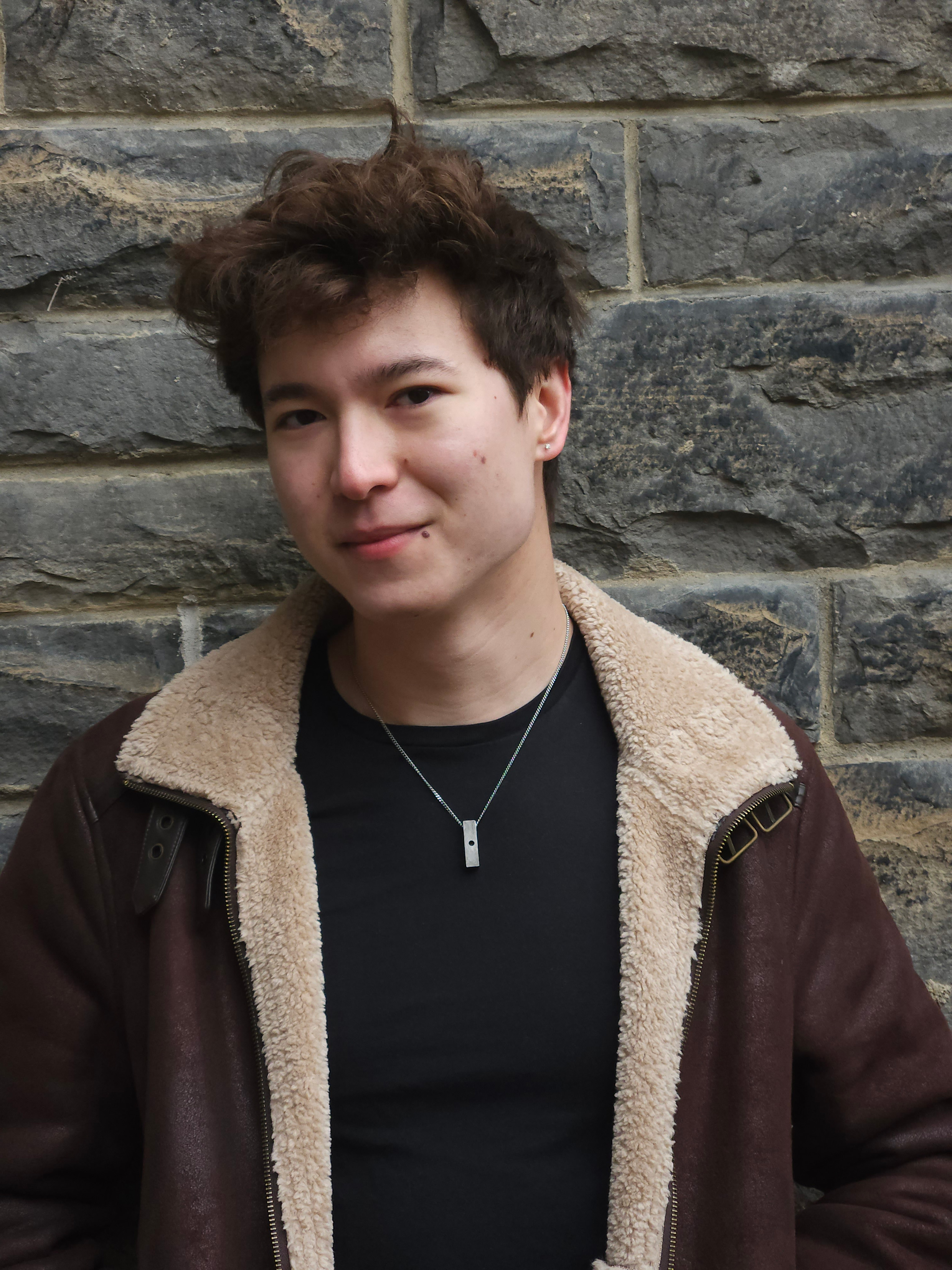Bio: Hi, I’m Lenny Chen (he/him) and I’m currently in my fourth year of my undergrad studies as a Synthetic and Catalytic Chemistry Specialist! As an international student from the USA, I’m honored to have been given the opportunity not only to come here, through an International Scholar award from the Faculty of Arts and Sciences, but to also have been able to accelerate my studies through a generous offer from the Chemistry Department. My current work with the Chin group blends physical organic, computational, and synthetic chemistry for various applications, such as asymmetric organocatalysis and the design of novel peptidomimetics.

Outside of the lab, I love playing piano, cooking, and swimming/hiking; you can probably find me at the grad lounge keyboard when I’m not working!
Program: 4th Year Undergraduate
Campus: St. George
Area of Interest: Physical Organic Chemistry
We asked:
What is the origin of your interest in chemistry?
I have my high school chemistry teachers to thank for that; they were incredible. I’d always found chemistry fascinating, but my interest really grew after grade ten chemistry. Since my high school offered three levels of organic chemistry and I only had two years to go, I decided to self-study, so I’d be able to take all three.
I still remember how when I began reading that first organic textbook, sitting on a bus somewhere in Switzerland, I knew I was hooked right away. The elegance and beauty of organic chemistry spoke to me unlike anything else; I couldn’t stop exploring this incredible new world and kept going on a learning journey that has continued through to U of T.
What is your favorite fact about chemistry?
My personal favorite reaction is the Soai reaction. This seemingly mystifying reaction is not only highly enantioselective, despite using only achiral reagents, but can also change its sense of selectivity seemingly at random, defying all expectations of a typical reaction. Learning about the underlying mechanism, in which product molecules self-assemble into a complex acting as an asymmetric autocatalyst for their own formation, allowing even the most minute imbalance of products to be amplified, absolutely blew my mind!
What course have you taken here that has seemed especially remarkable or surprising?
CHM443 has been my absolute favorite course here. Delving into the world of organic reaction mechanisms and seeing how everything from the most elegantly simple to unbelievably complex mechanism could be understood was an incredibly rewarding experience. Seeing the countless ingenious ways of elucidating the structures of species too transient to even isolate, from physical experiments to the cutting edge of computation, was incredibly compelling and made me realize that this was the kind of work I wanted to go into.
You are currently doing research with Prof. Jik Chin. How did that come about?
A big part of this was that I had the opportunity to take three courses–CHM347, CHM443, and CHM447–with Professor Chin in my second year. After my first class with him, I asked a question about the Soai reaction, and we ended up having an incredibly interesting discussion on the implication of other autocatalytic processes in the origin of life. We’d usually end up talking after every class from then on.
Midway through the winter semester, Prof. Chin mentioned a particular research project of his; it caught my interest so much that I wanted to start right away! He helped me install a computational chemistry package on my computer, and I began working with him after that.


